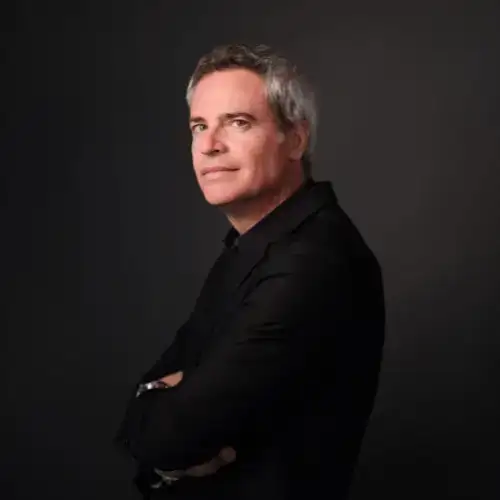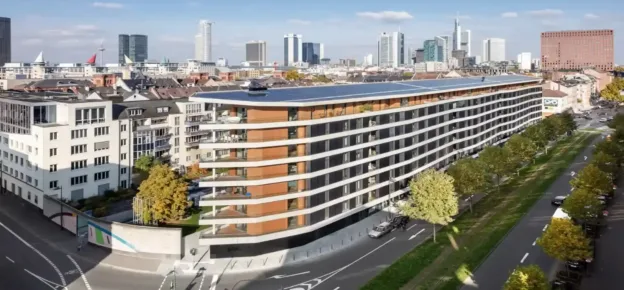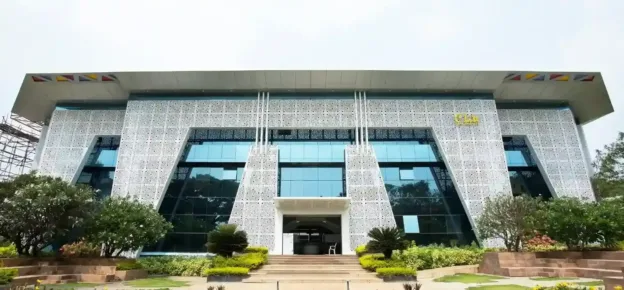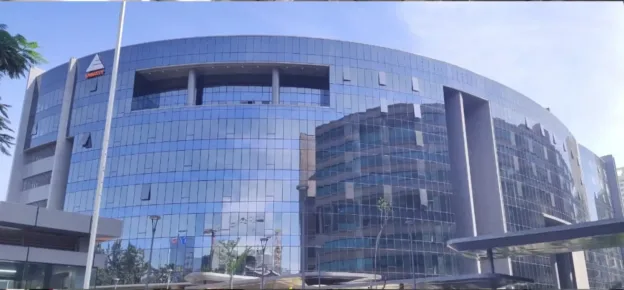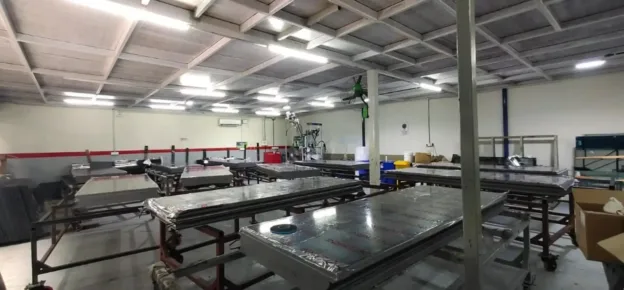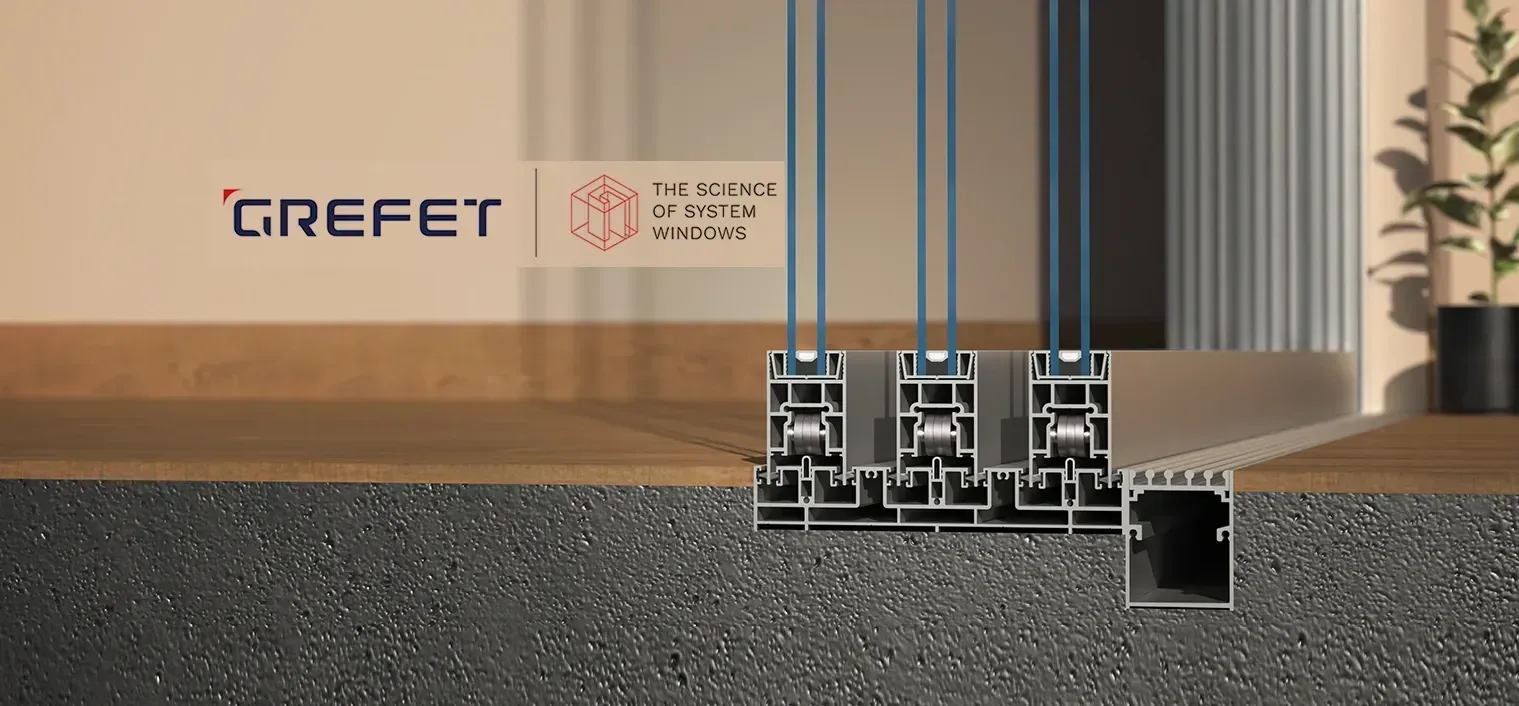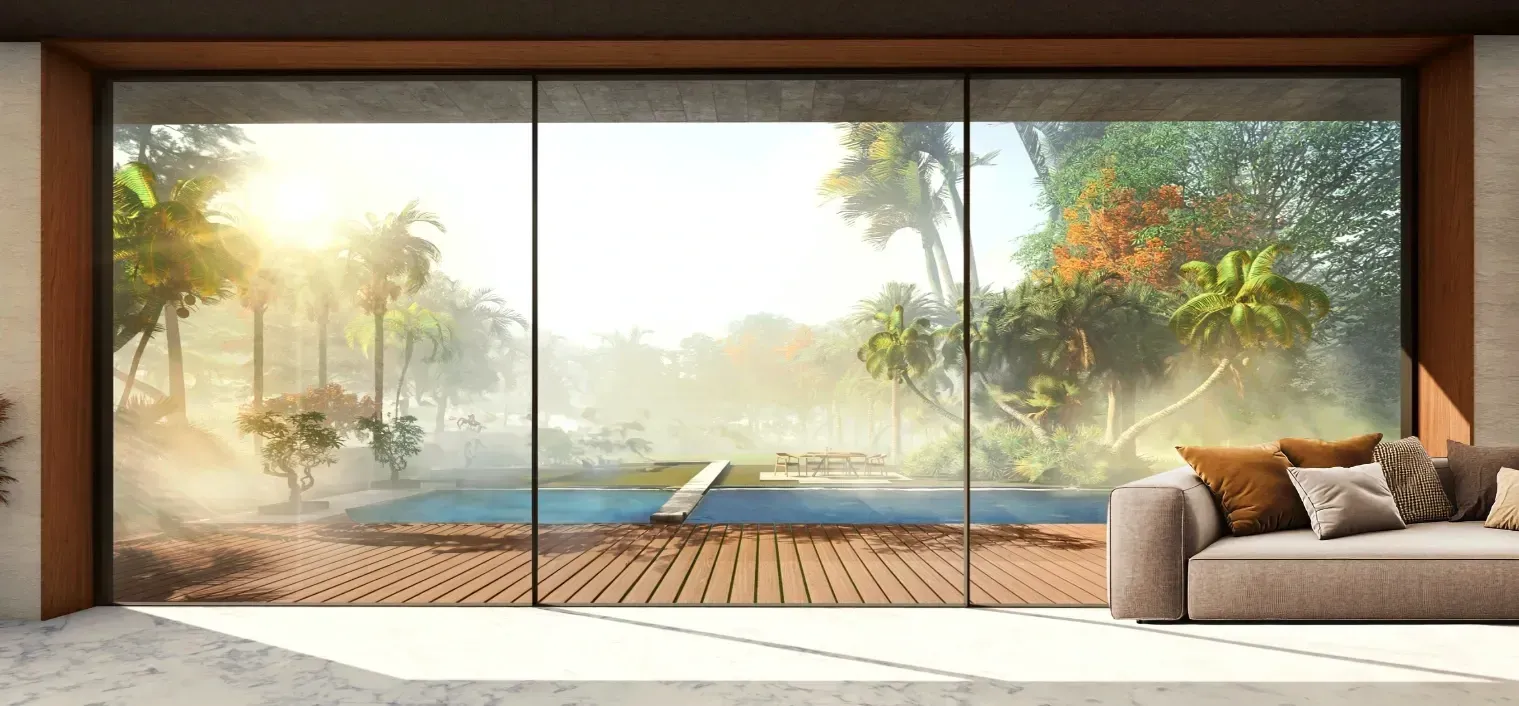Q. What Drew You To Join Zaha Hadid Architects, And How Has Your Role As Director Evolved?
Ans– When I studied Architecture, I could not even dream of joining ZHA. I completed my Diploma in Italy, which has a very good technical foundation but is dominated by a traditional approach to design. I was fortunate to have a thesis tutor who directed me to some heroes of English architecture, such as James Stirling and Richard Rogers, which widened my horizon. It was not until I moved to Rotterdam that I seriously considered the key impact of creativity in urban planning and decided to move to the UK. Zaha Hadid Architects was simply the best place in the world to pursue cutting-edge design and advance the construction industry, and it still is today.
As a Director, I look for new clients and help them deliver a vision that will elevate their project; at the same time, I manage and empower my colleagues to help them build a stronger practice. Architecture is a team effort.
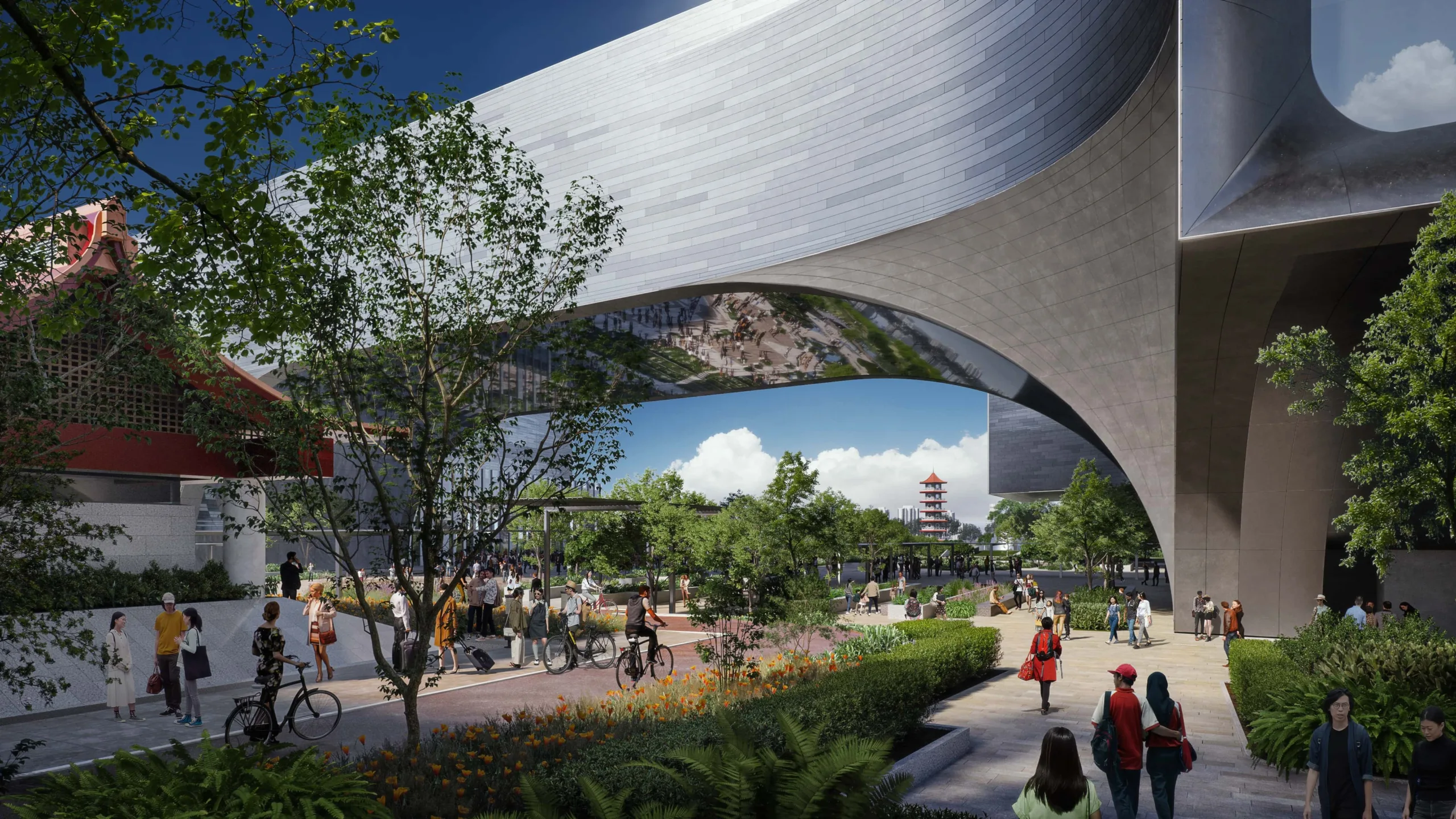
Q. ZHA Works Across Such A Wide Range Of Projects. Which Types Of Projects Do You Find Most Rewarding To Be Involved In?
Ans– We have a design-driven approach, which affords us a great typological variety and flexibility. Our approach creates a very interesting and challenging design process, where we must describe our complex geometries in simple, buildable elements. My drive is towards the future: exploring new regions and typologies. In terms of built and ongoing projects, significant public commissions are always a great challenge, such as Unicorn Island, which is our largest to date—1 million square metres with over 30 highly complex buildings designed by us—and the Science Centre in Singapore, which will have a great impact on the future of STEM education and development in the region.

Q. Façades Are Often The Most Recognizable Element Of ZHA’s Designs. How Do You Approach Their Development To Strike A Balance Between Performance And Visual Impact?
Ans– We are unapologetically design-driven, yet our design is founded on a strong mathematical and scientific approach. We look at views, thermal performance, fire resistance, weight, assembly, buildability, modularity and repetition, alongside input from clients and consultants, to develop a highly performing envelope. The façade is the “promise” of the building’s performance. In essence, it creates an envelope that contains and protects from the elements, but it also signifies its performance to the surrounding city.
Q. With Today’s Push For Sustainable Design, How Do You See Façades Contributing To Energy Efficiency And Climate Responsiveness In ZHA Projects?
Ans– We have built on our in-house knowledge to help us engage in dialogue with sustainability consultants and standards, which tend to vary slightly from region to region. We have a great passion for passive systems, where the orientation and shape of the building can help to self-shade and minimise solar gains. This is something which enters our design process very early, already from the initial massing stage, when we look at the best orientation and reduce large areas exposed to solar gain. Ultimately, advancements in glass performance and smart systems can help improve the outcome.
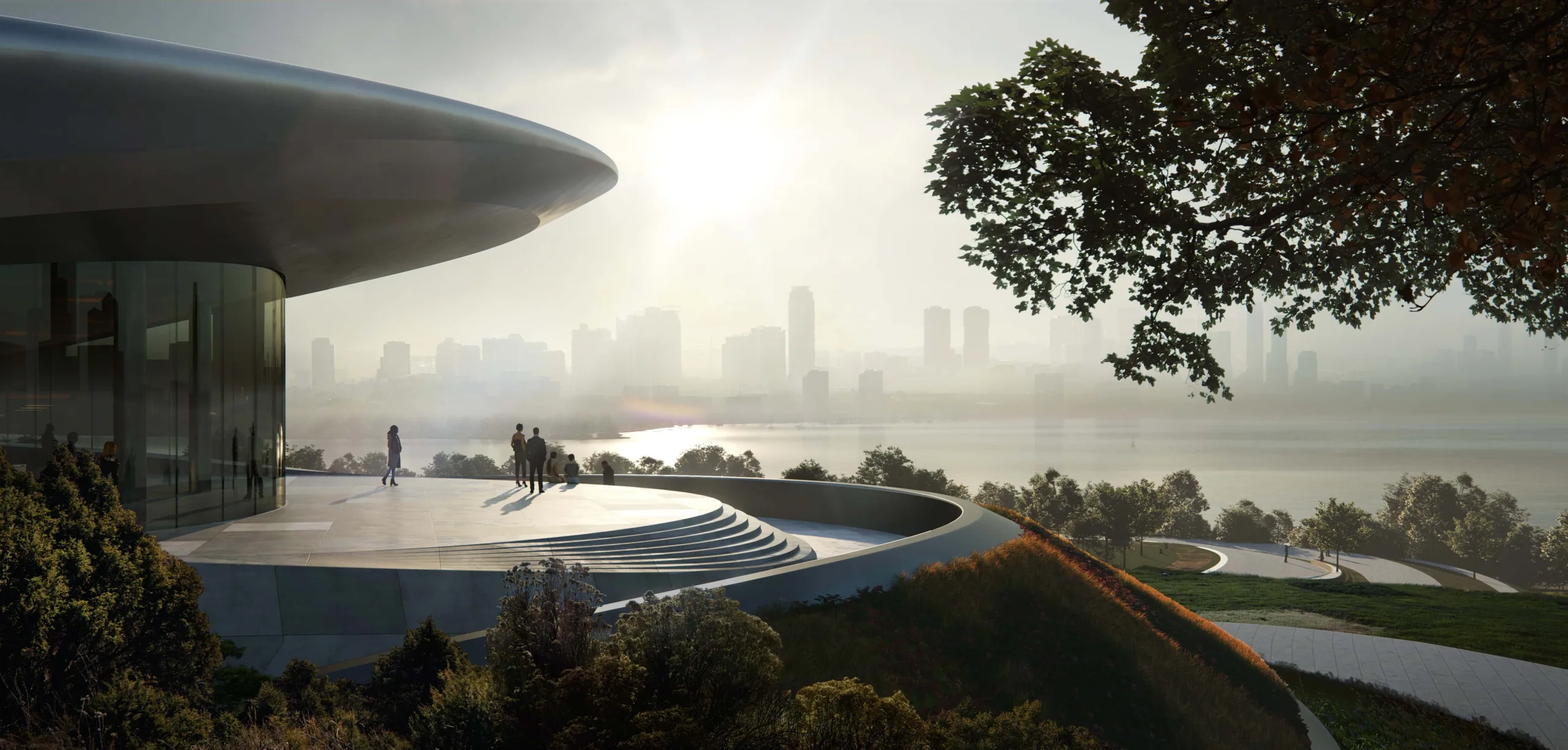
Q. Many Of ZHA’s Façades Rely On Advanced Geometry. What Role Does Technology Play In Making These Complex Designs Feasible?
Ans– Absolutely. We have seen great advancements in the construction industry, and I am very proud to have witnessed digital systems achieve what was unthinkable a few years ago. For the Morpheus in Macau, we were able to design, detail and document a highly complex geometry and high-performing façade thanks to scripting our software. The same building would have been impossible to draw by hand. What is important to me is that complex geometry is always driven by a clear design intent and performance, and never purely decorative. In this way, technological advancement is the outcome of a rigorous process and not a display of technology for its own sake.
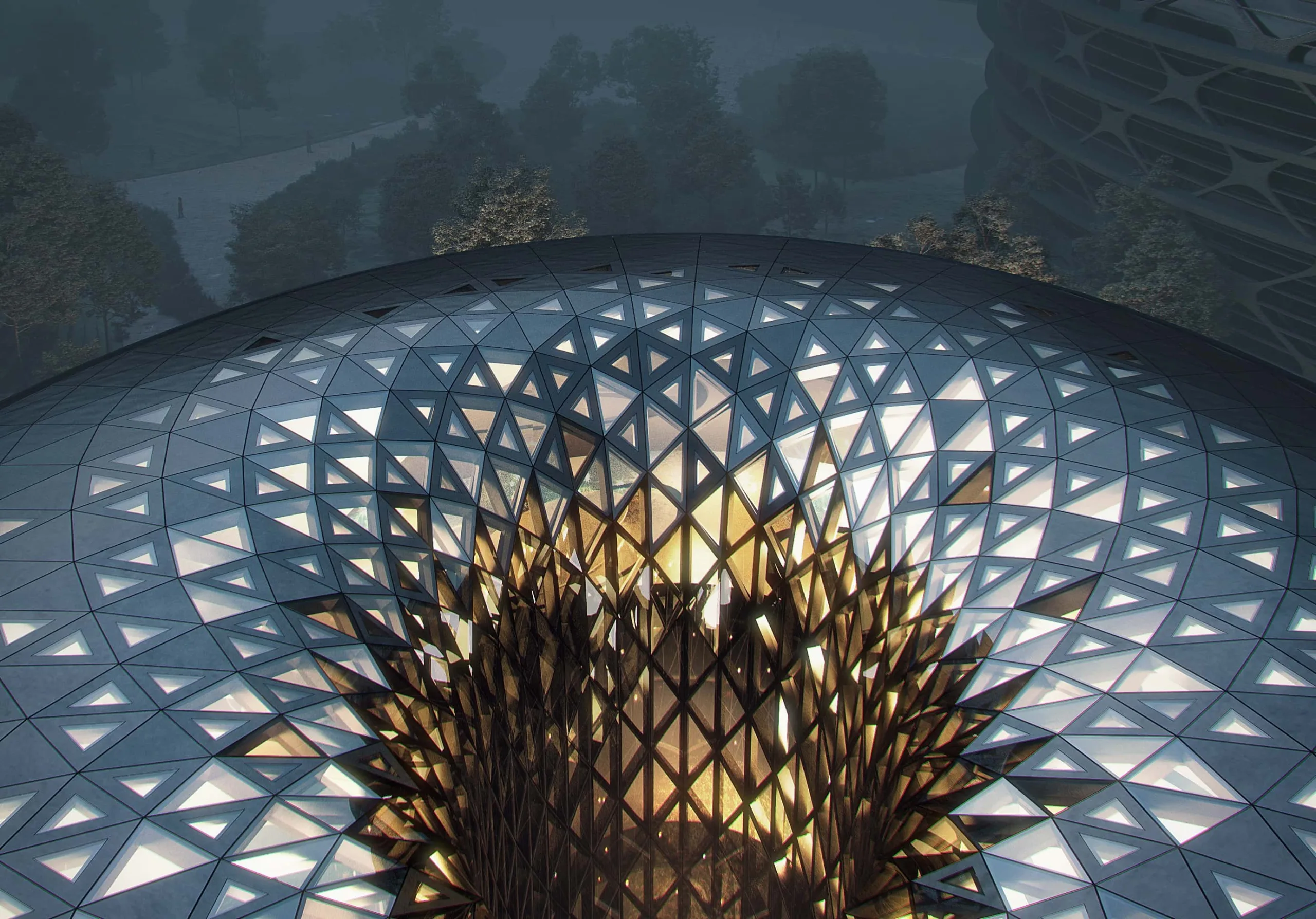
Q. How Do You Balance The Creative Ambitions Of The Practice With The Day-To-Day Realities Of Delivery?
Ans– Each new project has its own story and trajectory, yet somehow it finds its way into our portfolio. When we design a new project, we carry our previous experience and focus on what has the greatest impact and efficiency. The ambition is to continue pushing ourselves to create more ambitious projects—larger, with higher complexity and a greater number of stakeholders. It is rewarding to see that we are recognised in the industry as experts in so many fields, and to have the honour of collaborating with the greatest engineering offices, both London-based and abroad.
Q. Could You Share A Project You’ve Worked On At ZHA That Has Been Particularly Meaningful To You?
Ans– The work on Morpheus was incredible. I mentioned its complexity earlier, but having a global design and delivery team was truly a unique opportunity. It all starts with a very committed client who drove the project in a streamlined way. We had London- and Hong Kong-based engineers, a French contractor, and most of the construction happening in China, to deliver a project in Macau. The clients had a fixed budget, and we had to work hard to stay within their delivery timeline, with typical floors being built on a three- to five-day cycle and a highly innovative exoskeleton structural system. We had to figure out how to orient mullions, how to maximise flat glass, and how to combine it with cylindrical and freeform facades. We had a limited range of flexibility in the aluminium cladding and even less for the curvature of the structural system—all to deliver a luxury hotel to the highest standards of hospitality.
The project was such a feat that we flew the whole office out to Macau for a celebratory opening party. My biggest reward was the congratulations from my colleagues, both senior and junior, as well as from the hotel and restaurant staff, who take great pride in working there.

Q. Many Of ZHA’s Projects Have Become Cultural Landmarks. What Is It Like To See People Engage With Buildings You’ve Been Deeply Involved In?
Ans– I think they become landmarks because of the amount of work and research that goes into them. It is very similar to sport, where success comes from hard work, discipline and training. It is exciting to see children and passers-by notice our work—it shows we have achieved an impact. And it can be done at any scale. We live in a very design-conscious society when it comes to fashion and digital wearables, yet somehow, too many people have accepted modern buildings as merely a backdrop. I believe that great design can elevate both the experience and the performance of the citizens of the future.
Q. When You Think About The Future Of ZHA, What Excites You Most About The Next Decade—For Both The Practice And Your Own Role In It?
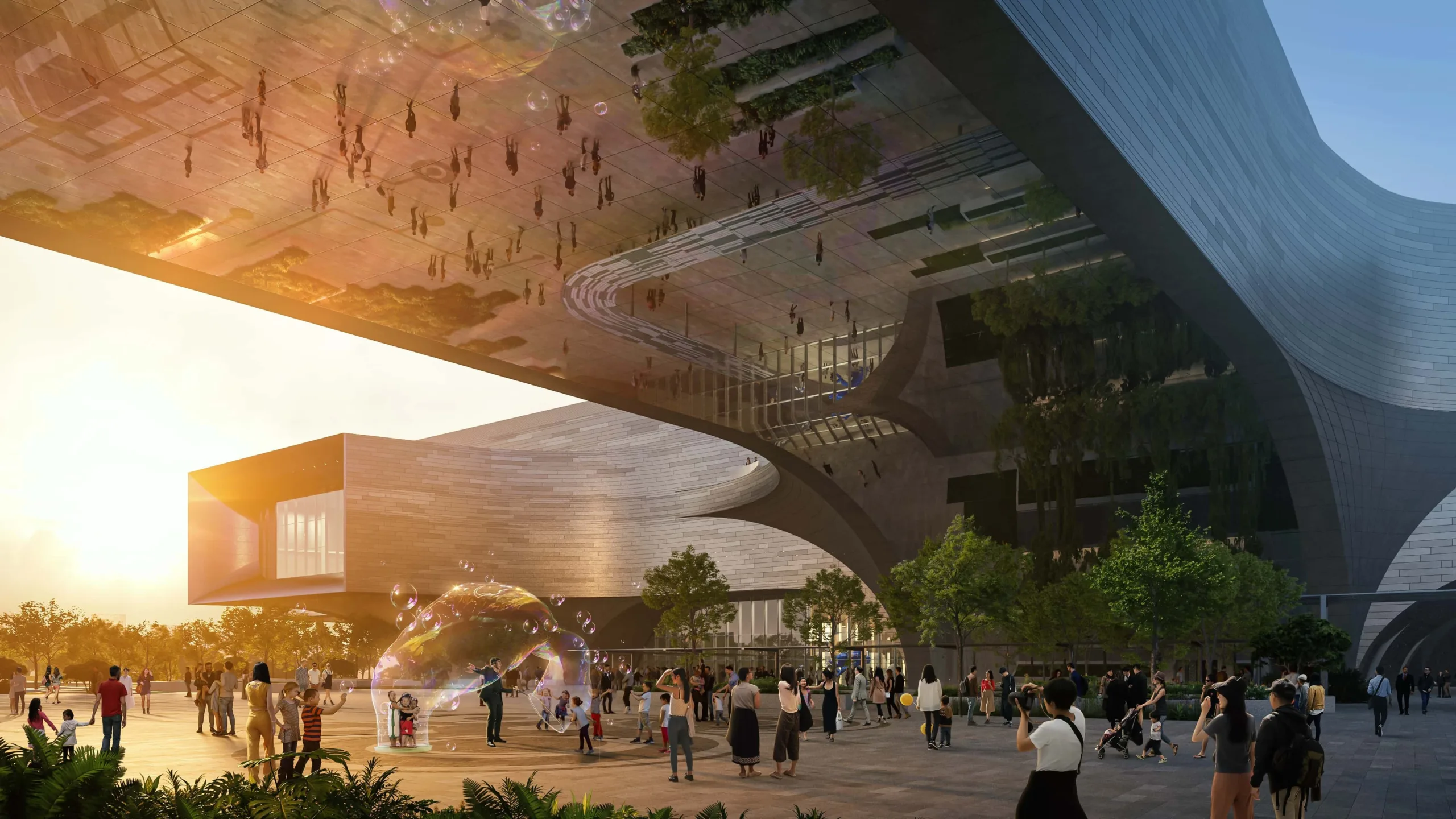
Ans– We are already working in new regions on projects that have not yet been announced, aiming to challenge performance, height, size, scale and digital delivery. One of the greatest breakthroughs will be robotics in construction, which is already present in producing parts but not yet on construction sites. Imagine having robots climbing heights instead of scaffolding, or removing temporary structures, with buildings 3D-printed to our exact specifications.
It will be safer for construction workers, as they will operate iPads instead of climbing at height; more sustainable, as we will only bring to site the material we need, eliminating crating, packaging and its associated transportation impact; and it will unleash great possibilities and creativity, with no need for repetition or standardisation, but the ability to have bespoke elements for each part of the building envelope.
Q. What Advice Would You Give To Young Architects And Designers Starting Their Professional Journey Today?
Ans- The digital era is here: embrace it, learn every software tool you can get hold of, and work hard at gaining experience wherever possible. I am a bit sceptical about the number of AI visualisations we see around. I use them and encourage my staff to do the same, but we must recognise that accurate geometry and control are key. It might be tempting to produce ZHA-inspired visualisations on Midjourney, yet when it comes to building, the amount of accuracy and experience required is significant and should not be underestimated.
There is no substitute for knowledge obtained from hard work and the consistent pursuit of beauty.

